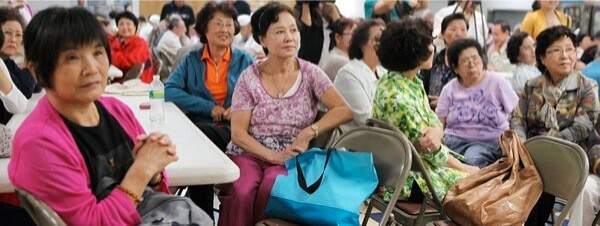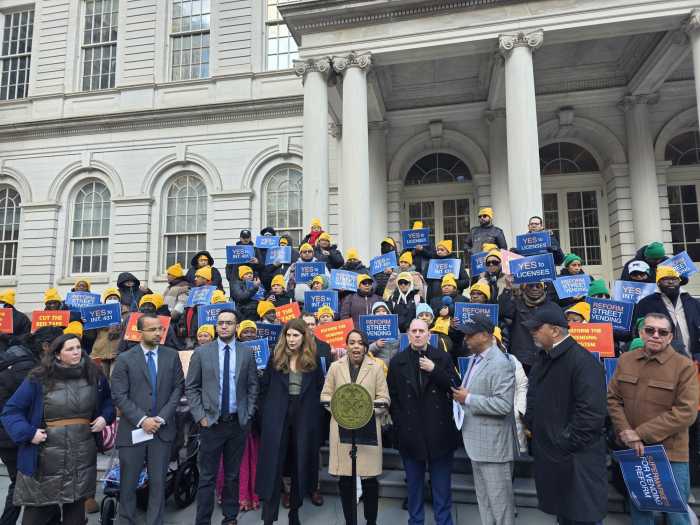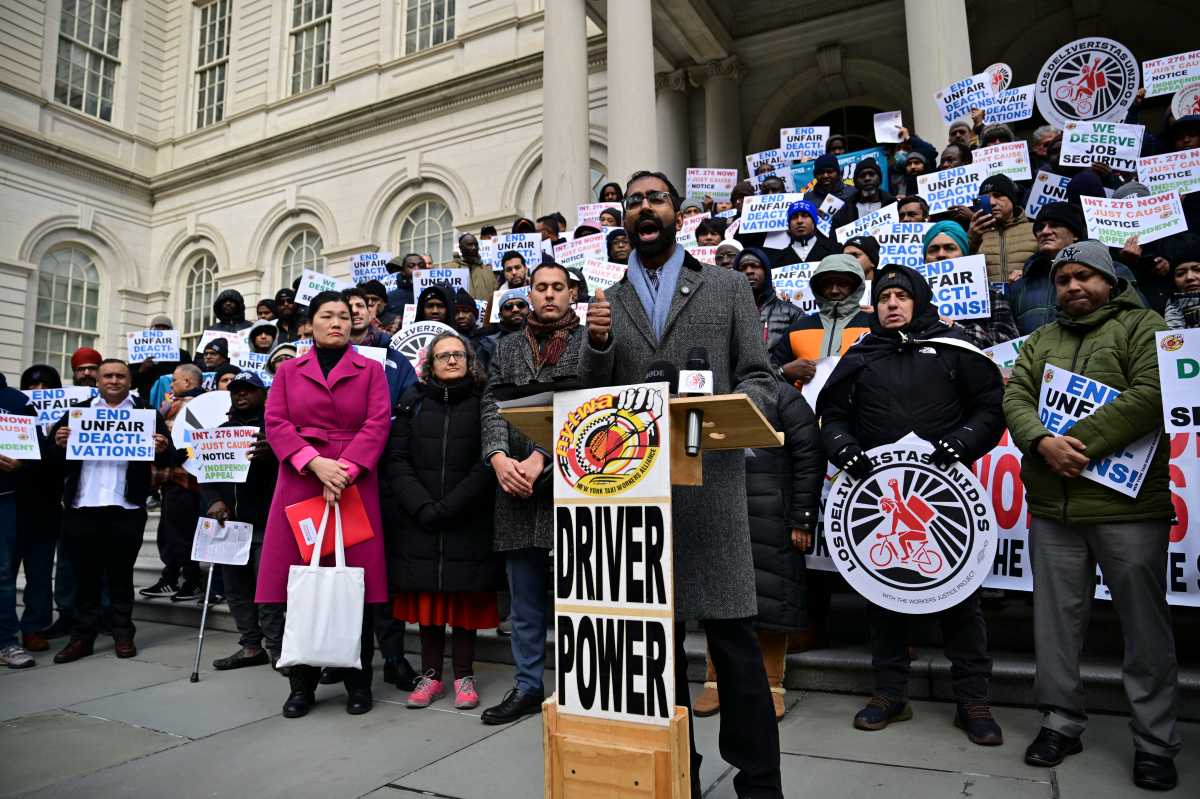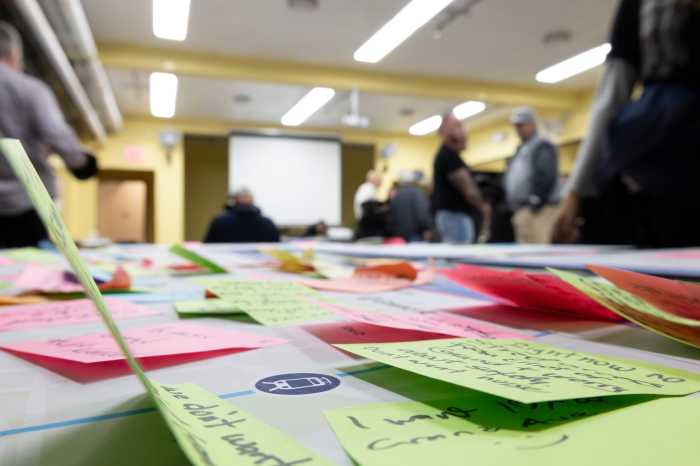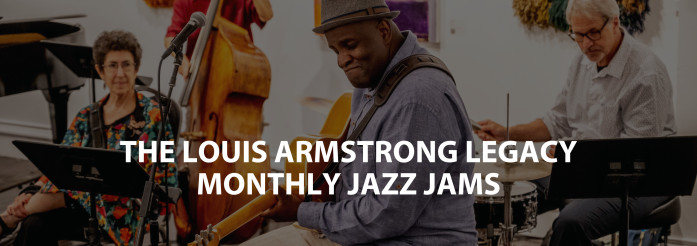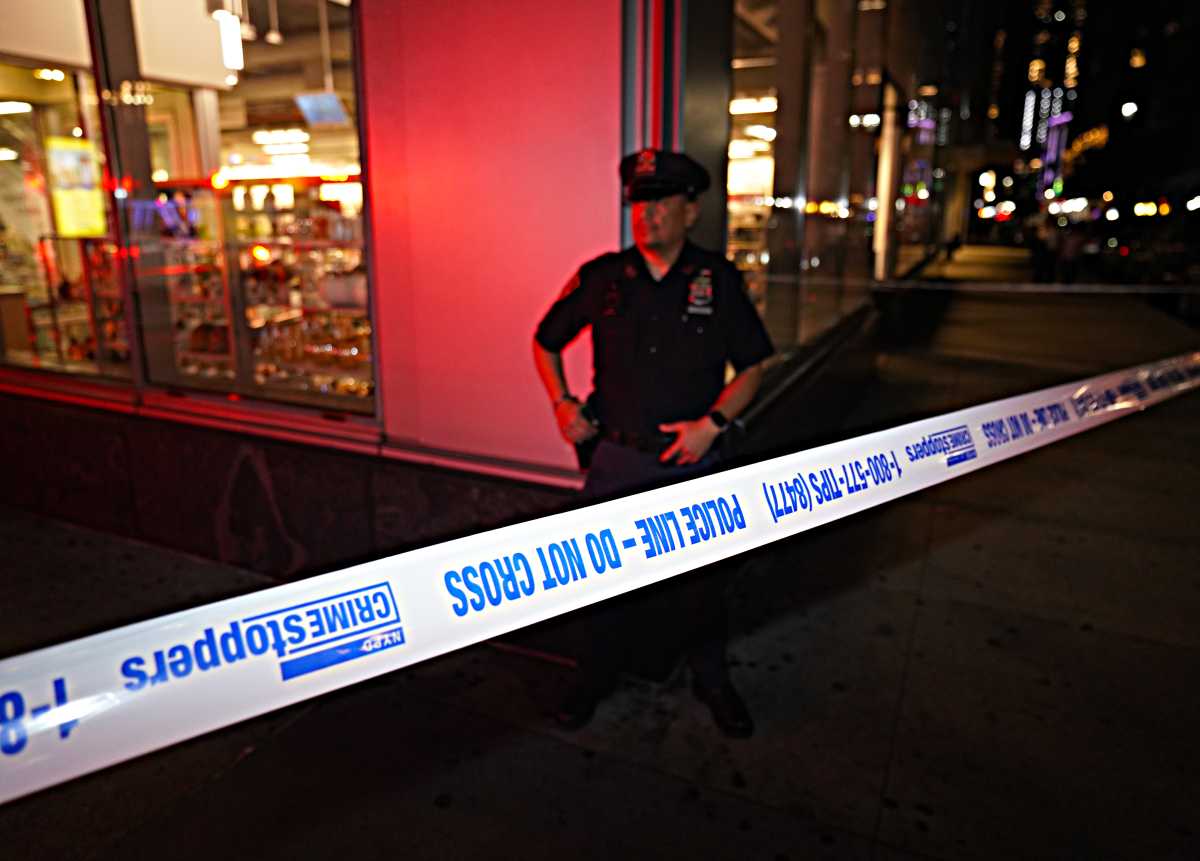By Carlotta Mohamed
City Councilman Paul Vallone’s (D-Bayside) bill requiring the city Department for the Aging to report data on senior centers was signed into law last week by Mayor Bill de Blasio.
The mayor inked Vallone’s bill Aug. 6 requiring DFTA to report data about the participants, programming services and costs for its 246 contracted senior centers and affiliated sites to the City Council speaker.
In recent years, issues have arisen related to disparity in funding allocated for senior centers. DFTA received $10 million in additional funding in fiscal year 2018 to redesign its senior center contracts. Since DFTA’s funding allocations are based on utilization of services, requiring the agency to report data on senior centers will provide greater transparency and allow the city to make better, more informed decisions on the services available to seniors, Vallone said.
“The fact that the core of Department for the Aging’s service portfolio is the agency’s citywide network of 246 contracted senior centers frequently providing educational programs, congregate (assembled) and home delivered meals, recreational programming, along with a variety of essential services, truly speaks to the importance of these centers and the population they serve,” said Vallone, chair of the Committee on Economic Development.”
Vallone said DFTA must also post the annual report to its website which will include, at minimum, the following information about its senior centers:
– An analysis of the logistics of senior centers, including location, days and hours of operation, the type of site each center is, the number of attendees, and the ratio of case managers to seniors served.
– An analysis of the total budget of the center and allocation of that budget, including: the number of seniors in attendance, amount allocated for different types of meals, cost of said meals, budgeted and actual costs of assistance, information, and benefits units, and budgeted and actual costs of health promotion units.
– An analysis of production costs and income for each senior center.
– An analysis of (assembled) meals provided by senior centers, including the method and subcontract by which said centers provide these meals and whether the subcontract is to provide culturally sensitive meals.
“Over 30,000 older New Yorkers in communities throughout New York City walk through the door of a senior center each day to eat a healthy and culturally sensitive meal, attend technology, arts and exercise classes, access information on benefits, meet with friends, neighbors and colleagues and much more,” said Allison Nickerson, executive director of LiveOn NY. “DFTA Senior Centers are a crucial link to combating isolation, improving health and providing opportunities for seniors to remain engaged in their communities.”
Chris Widelo, AARP New York associate state director, said his organization is “glad to see the council recognize the important role senior centers play in providing services for older adults in New York City.”
Reach reporter Carlotta Mohamed by e-mail at cmoha

